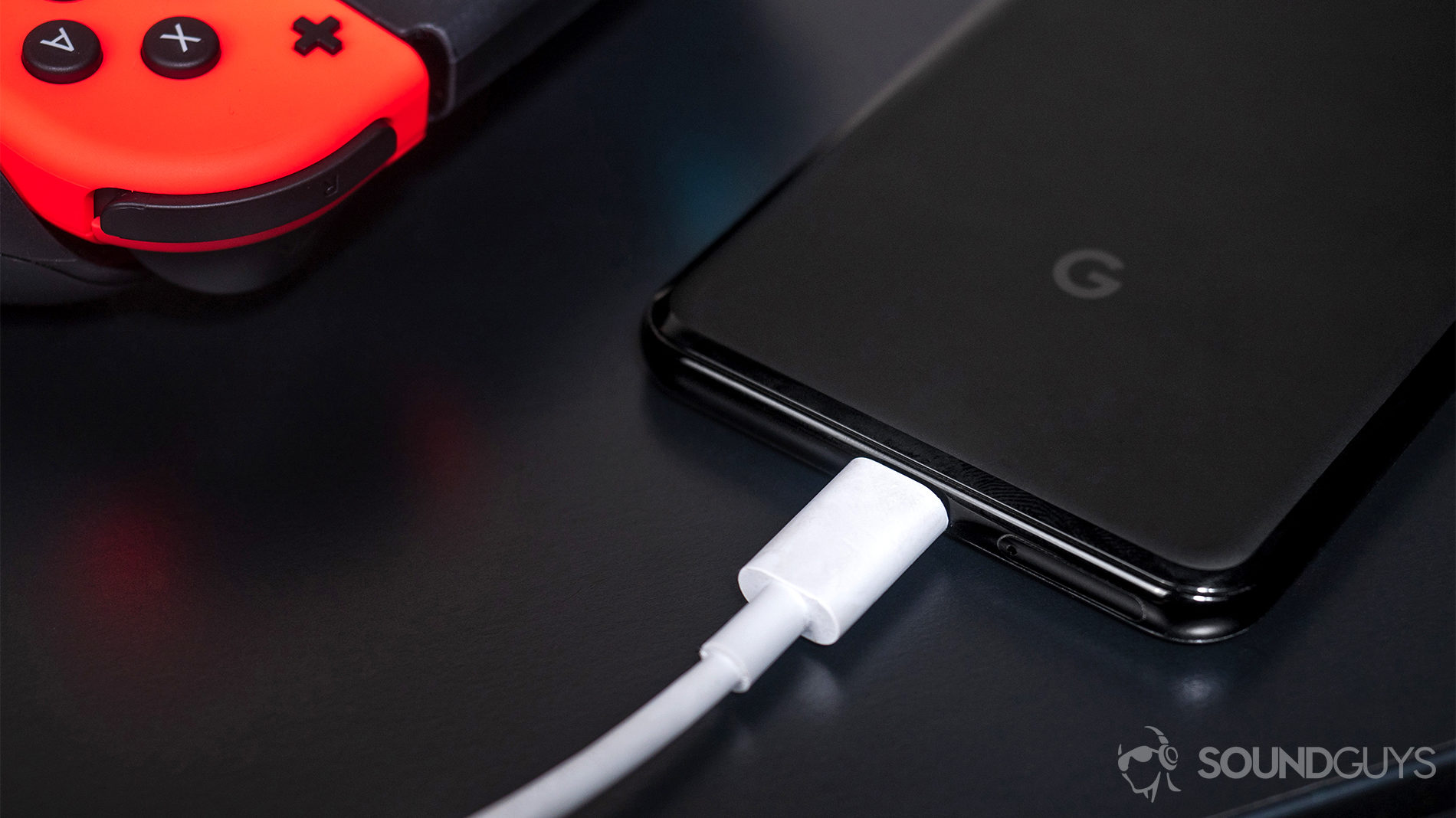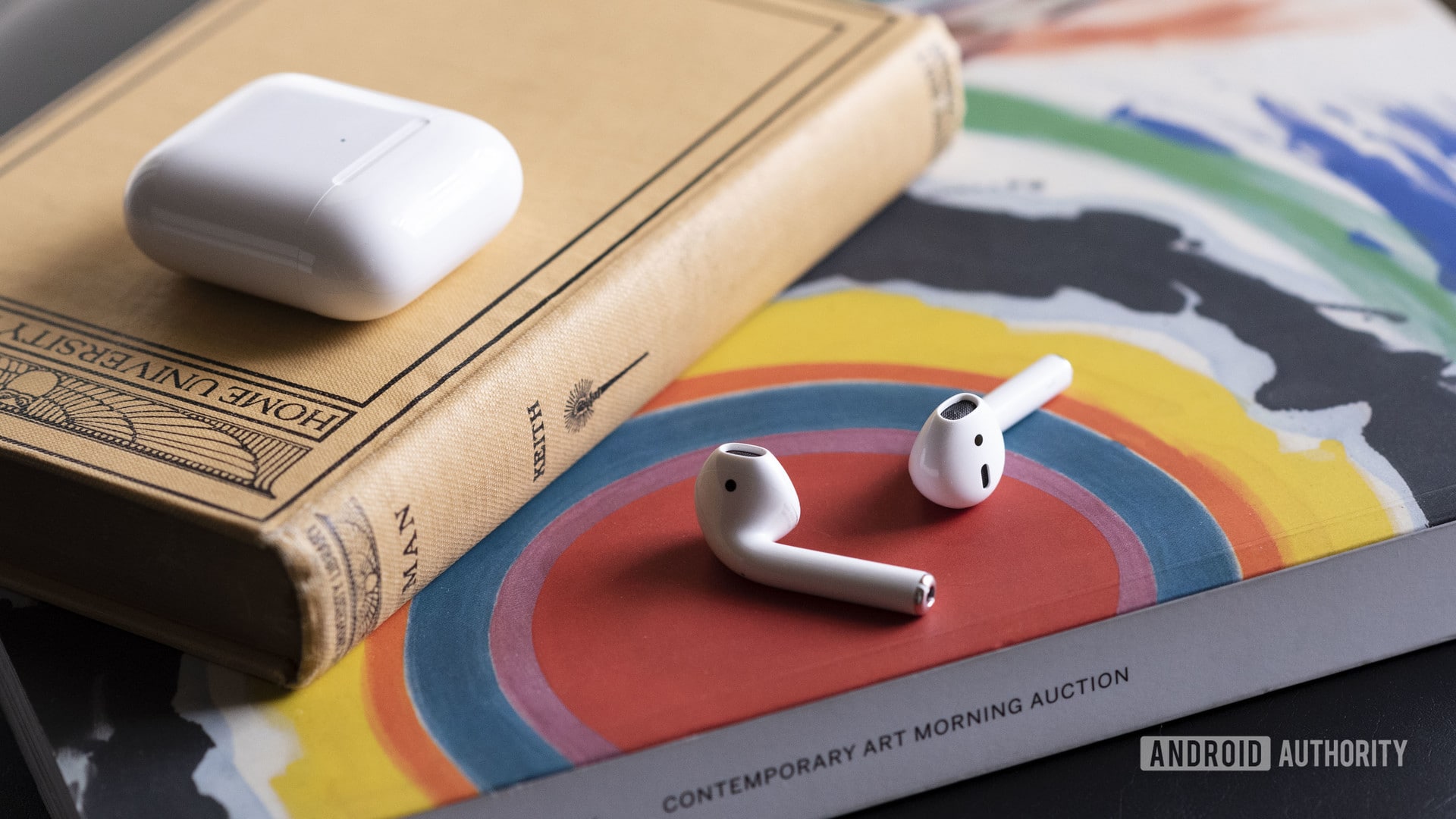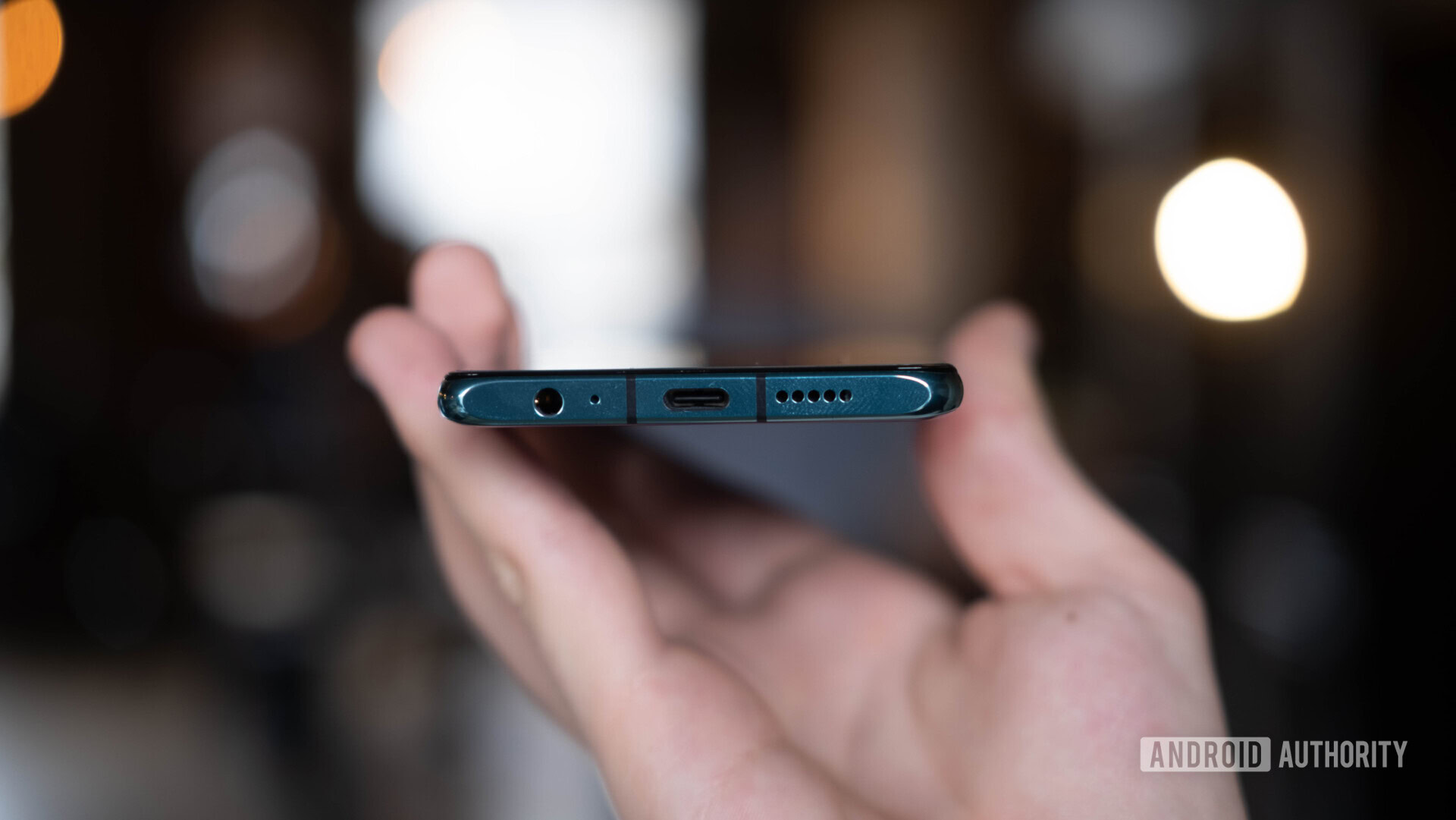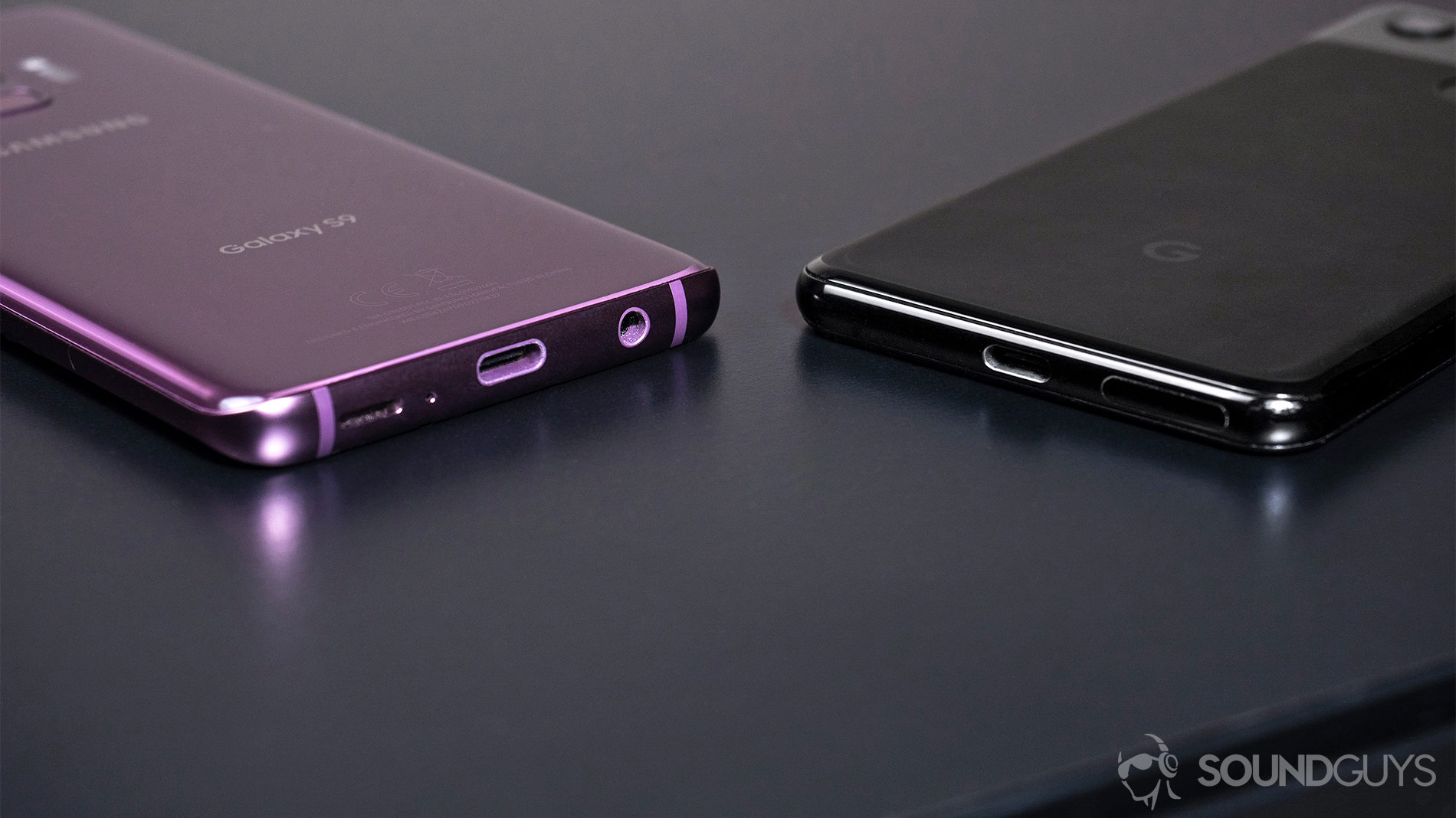Affiliate links on Android Authority may earn us a commission. Learn more.
What Google's headphone jack reversal means for the industry at large

Amid the Google I/O 2019 whirlwind, Google announced its Pixel 3a and Pixel 3a XL will reintroduce the 3.5mm headphone jack.
The (partial) return of the headphone jack comes later than we hoped. However, companies like Google and Huawei deserve commendation for backpedaling on what, in hindsight, appears to have been a hasty decision.
Why companies removed the headphone jack in the first place
For those who grew tired of following headphone jack’s saga, we’ll run through why it was initially removed: Apple did it.
Smartphone manufacturers laid down a bunch of surface-level claims to explain away the headphone jack. An often used excuse was size and weight. However, upon seeing and comparing the Pixel 3a specs to the Pixel 3, we know that, while the 3a is a hair larger, it’s one gram lighter than its parent model. So much for weight savings.
Companies can make countless assertions about ditching the headphone jack. Ultimately, it remains obvious they saw it worked for Apple and followed suit. After all, AirPods sales skyrocketed. These true-wireless earbuds are at the epicenter of pop culture. For Apple competitors, the knee-jerk reaction was to view ditching the headphone jack as the fast-track to success. In actuality, doing so only helped Apple.
What were the effects of the headphone jack’s removal?

Aside from making smartphone audio a hot topic (not the kind you find underemployed teens loitering in at your local strip mall), the removal of the headphone jack affected the industry at large. For one, it made wired listening an unfashionable chore.
Dongles were and are a cumbersome alternative to a standalone TRRS plug. Dongle adapters tend to filter out high-resolution signals, which degrades audio quality, thus defeating the main benefit of wired headphones. Functionality aside, it’s just another accessory consumers were strong-armed into buying during USB-C audio’s heyday.

One of the most ironic outcomes of omitting the headphone jack is how it benefited Apple most, at the expense of the rest of the industry. This game of Simon Says bolstered sales of Apple wearables, specifically AirPods. Take Apple’s fiscal 2019 Q2 report: the wearables, home, and accessories category rose from approximately $3.9 billion to $5.1 billion between March 2018 to March 2019. This profitable trajectory will continue as AirPods 2 sales increase. If redesigned AirPods are announced within the next year, that too will secure the AirPods’ stronghold.
When forced to buy wireless earbuds, a vast majority of us choose what’s familiar: AirPods.
When general consumers are forced to buy wireless earbuds, a majority gravitate to the Apple AirPods. A study conducted by Counterpoint Research revealed that AirPods hold a strong 60 percent of the true wireless market. Jabra trails in second and Samsung in third. The HUAWEI FreeBuds are the eighth most popular pair. HUAWEI is the only company listed, aside from Apple, that removed the headphone jack. That’s right, no Google Pixel Buds or OnePlus Bullets Wireless in sight. Suffice to say, the competition played right into Apple’s hands.
See also: Are the AirPods 2 worth it?
Will the jack survive long-term?
The optimist in me believes the headphone jack is back for good, but the realistic pessimist offers valid counterpoints.
Why it could stick around

The 3.5mm input lets users choose how to enjoy music, and the effects of its removal only reinforce the notion that it should remain a standard inclusion. As the past few years have shown, it hasn’t benefited the companies that removed it. Instead, it stoked the flames of Apple’s lucrative wearables division.
Additionally, wired headphones and earbuds require less R&D and capital than their wireless counterparts. This results in a more affordable product for consumers, which may yield a greater quantity of units sold. Sure, the retail value of wired earbuds compared to wireless ones is smaller, but the profit margins may not be so disparate. From a business perspective, it seems like a winning combination: numerous, cheaper units sold and happier customers.
Why it may disappear again

Quite frankly, because mirroring an innovative company is much easier than being an innovative company. If Apple continues its mobile audio success, companies could become desperate. CEOs may feel the only way to match Apple is to be Apple. However, as we know, it doesn’t work that way. If it did, Counterpoint Research’s study would tell a different story.
Then again, we could see Android get its act together by accepting Audio Accessory Mode — essentially a digital handshake between a headset and smartphone — as a universal standard. The lack of standardization around Audio Accessory Mode is responsible for the compatibility issues plaguing USB-C audio. Once it’s remedied, the headphone jack’s removal may seem more palatable to listeners.
If USB-C audio is ever resurrected, nixing the headphone jack may be easier to justify.
Only time will tell whether or not the headphone jack is here to stay. For now, it’s worth enjoying its presence while we can. In the meantime, the best thing we can do is vote with our wallets.